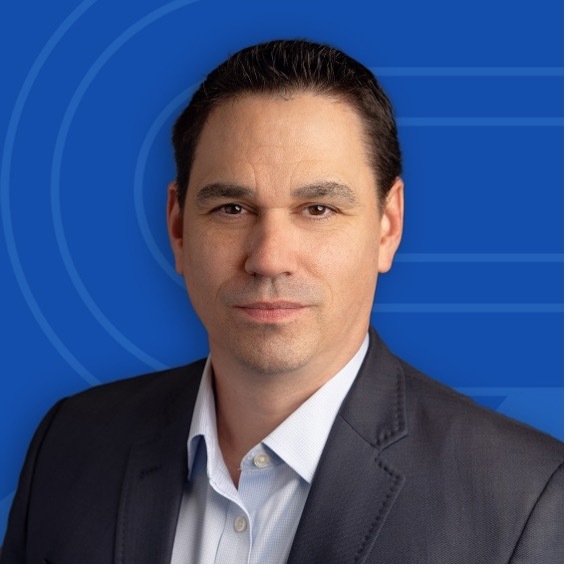Between the shift towards self-employment and the number of Millennials entering the housing market, the market for non-QM is poised for substantial growth in the year to come. HousingWire recently spoke with John Keratsis, president and CEO of Deephaven Mortgage, about what lenders should be doing to capitalize on the boom in non-QM lending and why our preconceived notions about non-QM could be all wrong.
HousingWire: Why is now such an important time to prioritize non-QM?

John Keratsis: The timing to get into non-QM couldn’t be better for a couple of reasons. First, the non-QM market is poised for long-term, sustainable growth. This is a direct result of a monumental shift in the US to the self-employed workstyle. Contract or ‘gig’ workers, entrepreneurs and business owners need non-QM mortgages because they may be unable to produce the W-2 tax form used to verify qualifying income for a traditional loan.
Driving this workstyle change is the largest population cohort in US history: Millennials. As millions of self-employed Millennials settle down and start to raise families, they are looking for their first home. Millennials were born between 1982 and 2000. So, the Millennial homebuying demand is set to continue for a span of eighteen years!
Right behind the Millennials are the Gen Zers – the third largest population in US history. Gen Zers are also big on the self-employed workstyle. All of which means there will be a sustained demand for non-QM loans for many years to come.
Another reason to get into non-QM lending at this very moment is diversification. Just about every lender is looking for alternative revenue sources to offset the decline in refinances and the very tight purchase market. Offering non-QM loans provides access to those millions of borrowers who want mortgages but are unable to qualify for a traditional loan.
The timing is right from the capital markets perspective, too. Residential mortgage credit provides diversification benefits to institutional investors. Historically, RMBS have performed comparatively well during downturns in the stock market.
HW: How has the growing trend of self-employment led to the need for more robust non-QM products?
JK: Per above, it’s a perfect storm. Millennials, at 72.19 million are the largest population cohort in US history, are now settling down, starting families and looking for their first homes.
Millennials also make up a vast segment of the largest non-QM borrower cohort: the self-employed. Ironically, the pandemic put homeownership in closer reach for self-employed workers. By making it acceptable to work from anywhere, they are free to move around the country and purchase homes in more affordable geographies where it takes less time to save for the all-important down payment.
HW: Non-QM loans are surrounded by misconceptions. How can lenders debunk myths about non-QM lending?
JK: The biggest misconception is that non-QM is only for borrowers who can’t qualify for a traditional loan due to poor credit. We’ve found that the best way to debunk this is to simply use the facts. In today’s non-QM loan pools, FICO scores can range between 730-740, DTIs generally meet Agency standards and LTVs are in the low 70s.
Beyond that, it’s important to point out that non-QM, like the traditional market, shifts and evolves with the industry. The rise of self-employed borrowers is one trend. Another is the demand for single-family rental properties. Even industry professionals are surprised to learn that business purpose DSCR (Debt Service Coverage Ratio) loans make up about 30% of our business. America’s aging housing stock is fueling this trend as property investors purchase single-family homes from downsizing baby boomers, fix them up and then use them to generate rental income. This is also another indication of how the non-QM sector continues to evolve to serve shifting industry trends. We have the flexibility to quickly align products and services with market demands, whereas the traditional mortgage market does not. Today, Deephaven can close a DSCR loan in as few as 15 days.
HW: What is Deephaven Mortgage doing to expand non-QM lending?
JK: We know the demand for non-QM loans will only keep growing. We know that investors, attracted by higher yields, want them on the capital markets side.
To a certain degree, we have to just keep doing what we’re already doing: 1) keep educating lenders, brokers, real estate agents and borrowers about non-QM mortgages; 2) continue to build out both wholesale and correspondent distribution channels; and 3) implement ongoing enhancements to our non-QM customer experience.
At Deephaven, we are continuously running webinars to bring new loan officers into the non-QM fold. We’re investing heavily in technology to create truly seamless service delivery. As demands grows, competition for non-QM loans will, too. The tiebreaker will become the borrower and client experience.
To learn about the opportunities in non-QM lending, visit deephavenmortgage.com.





